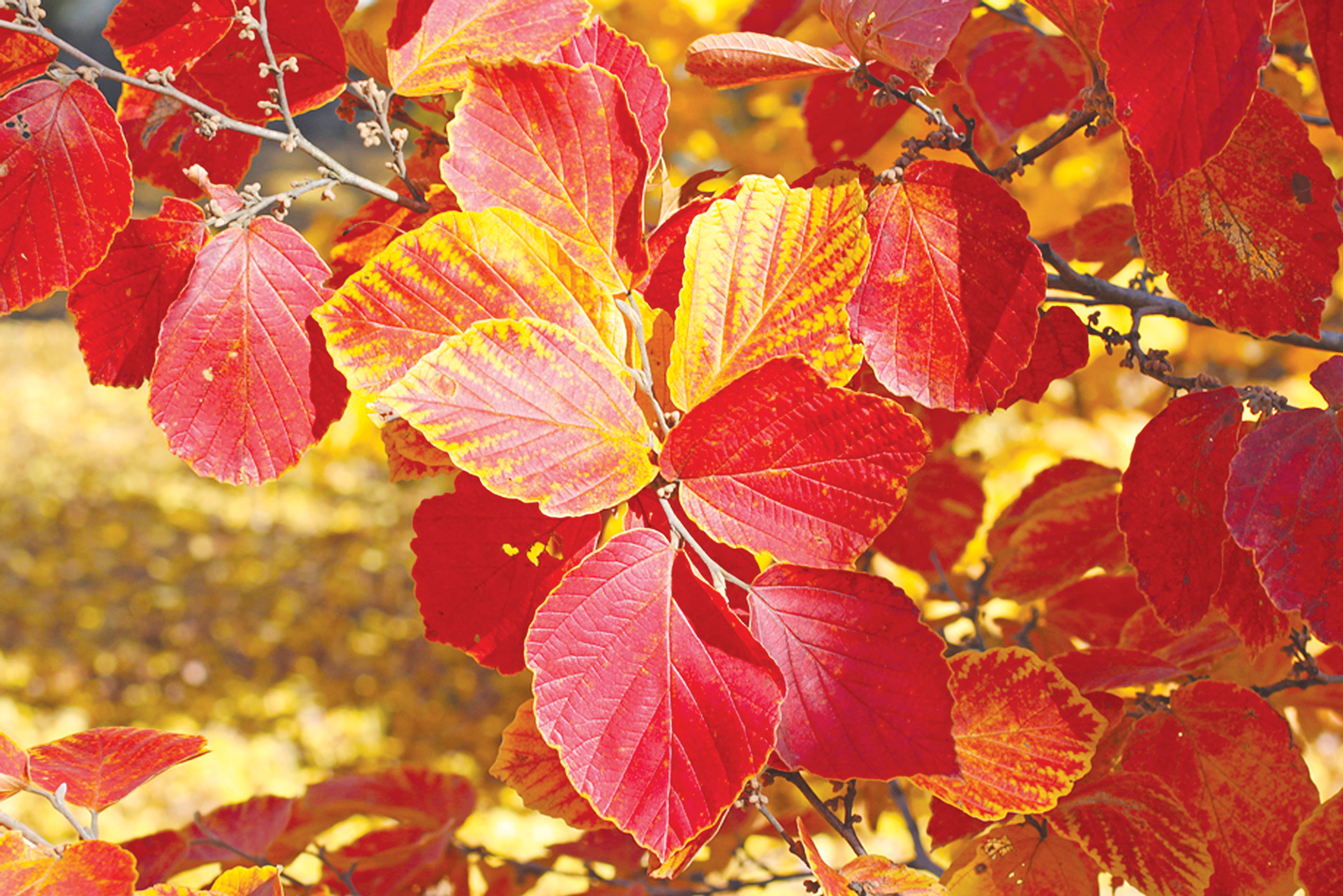These blooms mean spring is on it’s way WITCH HAZEL

By Pam Baytos
OSU Extension master gardener volunteer
Taking a walk on a snowy winter day and coming across a flowering witch hazel is proof that spring is on its way.
Early blooming witch hazels are a welcome sight, signaling that a long winter is coming to an end.
A wonderful place to observe witch hazels is the Holden Arboretum in Kirtland, east of Cleveland.
This year, though, we’re seeing some spring blooming witch hazel blooms on plants across Ohio, thanks to our unseasonably warm weather.
A bloom now is one less bloom come spring.
Witch hazels grow well in full sun or light shade.
The soil should be average fertility, neutral to acidic, moist and well-drained.
Pruning is rarely required; just remove awkward shoots once flowering is finished.
But you can prune this shrub into a small tree.
On the whole, witch hazel is unfussy and largely unbothered by diseases or insects.
For maximum wintertime drama, plant your witch hazel in a spot where they’ll be backlit in the afternoon. The warm sun will encourage their flowers and scent to unfurl.
Witch hazels can be used as specimen plants, in shrub or mixed borders or in woodland gardens.
As small trees they are perfect for landscapes with limited space.
Though American species are open spreaders, Asian native hybrids form a vase shape.
Because the American species bloom in November and December and the Asian species and hybrids in January and February, it’s possible to “bloom” one’s way out of a depressing winter through diverse plantings.
The unique flowers have long, narrow, crinkled petals that give the plant a spidery appearance when in bloom.
It’s also said that the bits of yellow, copper or red ribbon-like flowers blown outward from bare branches look like streamers from a party cracker.
If the weather gets too cold, the petals will roll up, protecting the flowers and extending the flowering season.
Some recommended species include:
H. x intermedia. A vase shaped spreading shrub. It grows 10-20 feet tall with equal spread. Clusters of fragrant yellow, orange or red flowers appear mid- to late winter. The leaves turn shades of orange, red and bronze in the fall.
“Arnold Promise” has large, bright yellow, fragrant flowers.
“Diane” (“Diana”) bears dark red flowers in late winter, and it’s fall foliage is yellow, orange and red.
“Jelena” (“Copper Beauty”) has a horizontal branching habit. The fragrant flowers are coppery orange, and the fall color is orange-red.
“Primavera” bears profuse, very fragrant, bright yellow flowers that have reddish-purple petal bases. All are zone 5-9.
H. vernalis (vernal or Ozark witch hazel) is a rounded upright, often suckering shrub. It grows 6-15 feet tall with an equal spread. Very fragrant yellow, orange or red flowers are borne in early spring. The foliage turns bright yellow in the fall. Zones 4-8.
H. virginiana (common or American witch hazel) is a common Ohio native. It is a large, rounded, spreading shrub or small tree 12-20 feet with equal spread. Yellow fall flowers often are hidden by the foliage, which turns yellow at the same time. Zones 3-8.
Something to remember as a trivia fact is that witch hazel branches have been used as divining rods to find water and gold. If you see me walking around my backyard with a witch hazel branch you can be sure I’m not looking for water.
To learn more about witch hazel, go to http://go.osu.edu/witchhazel.
 43
43
